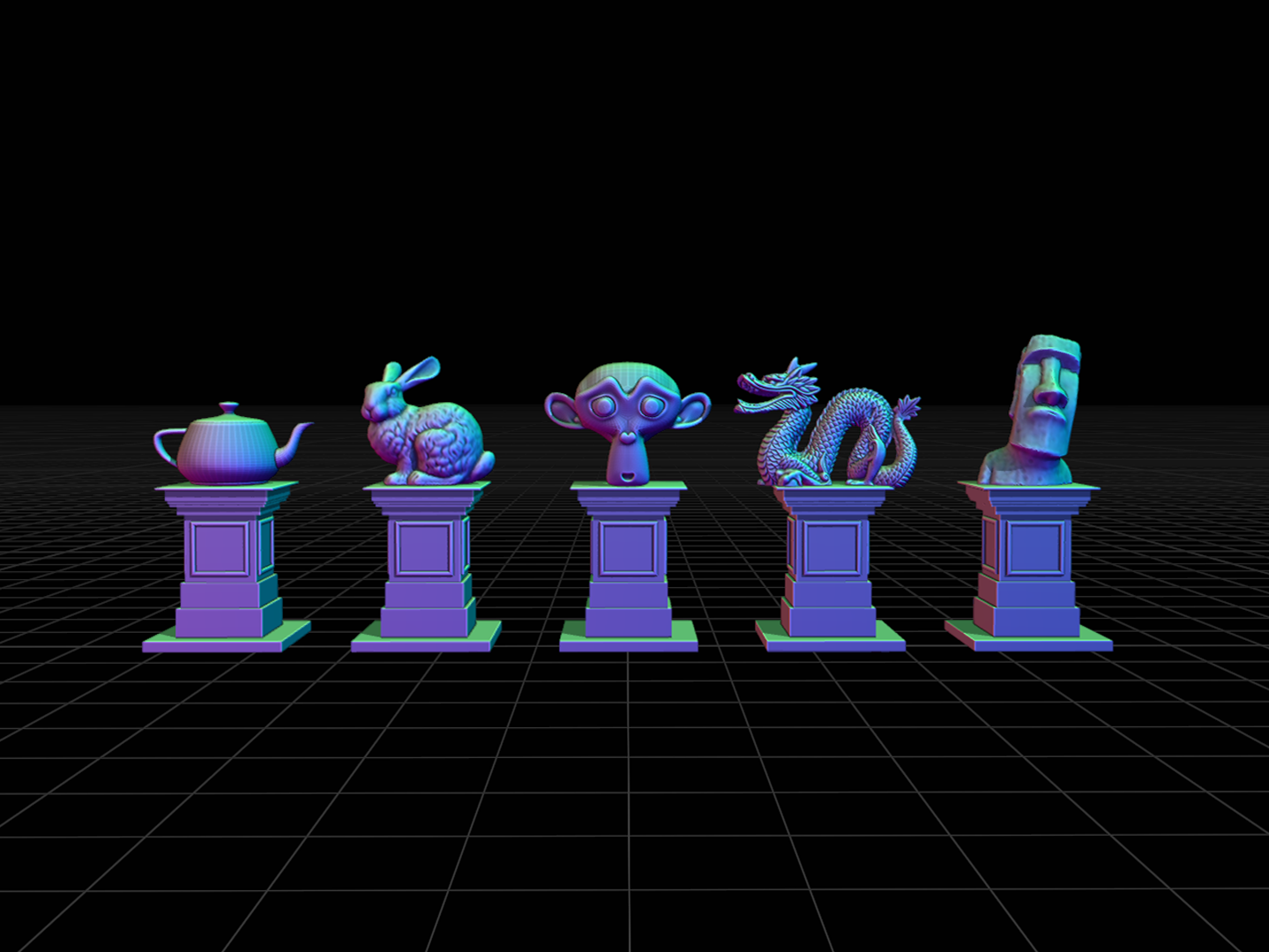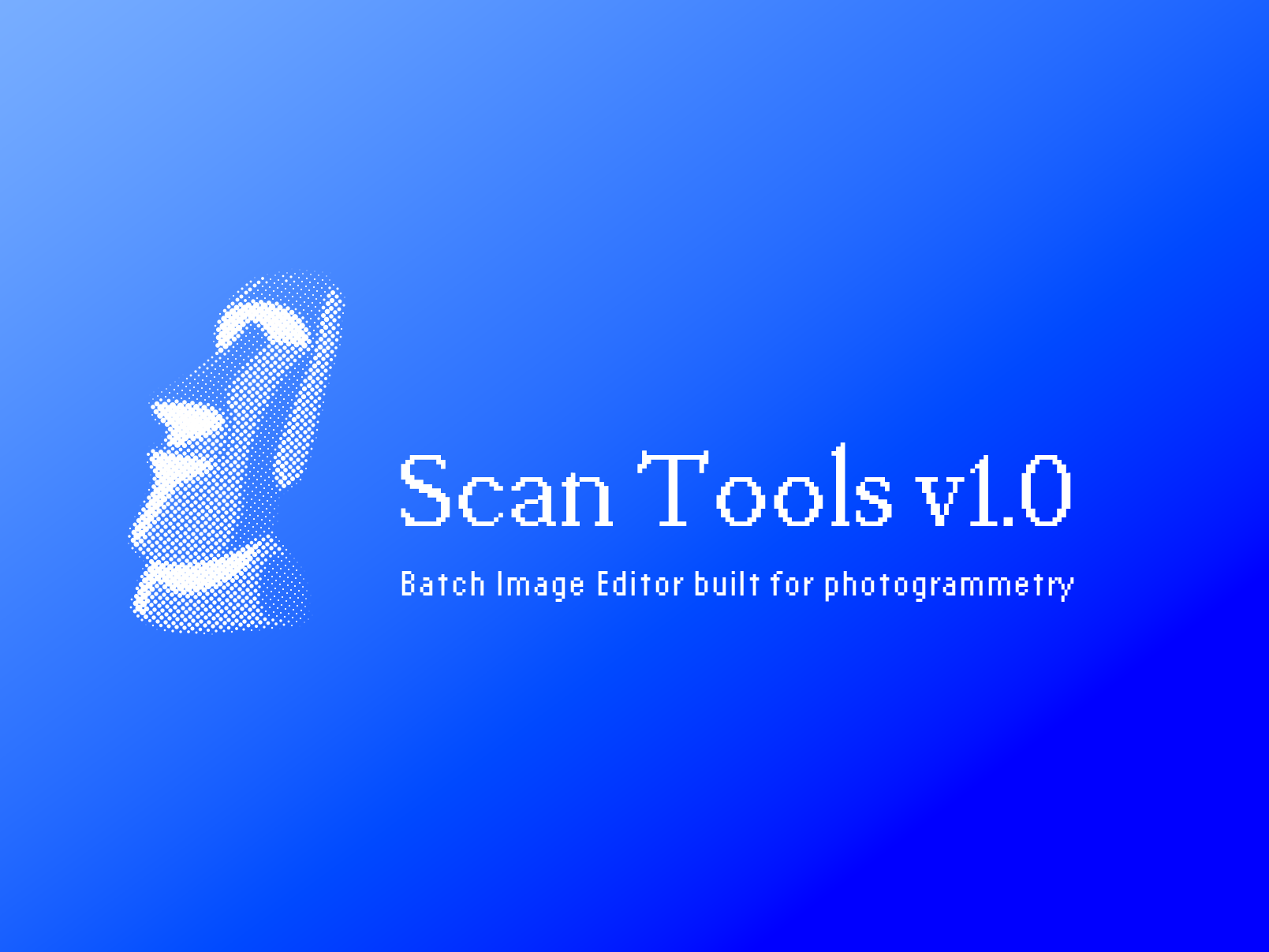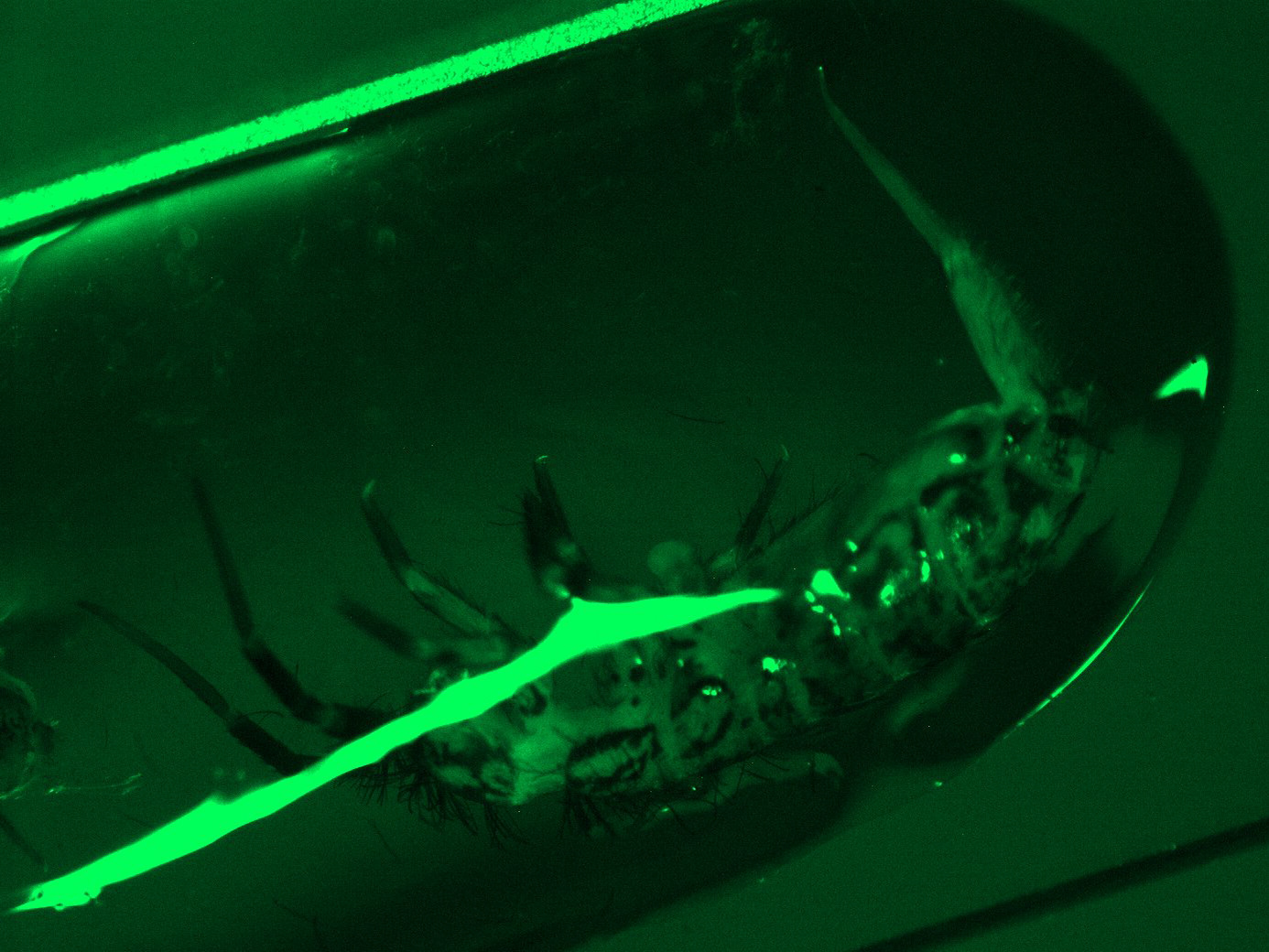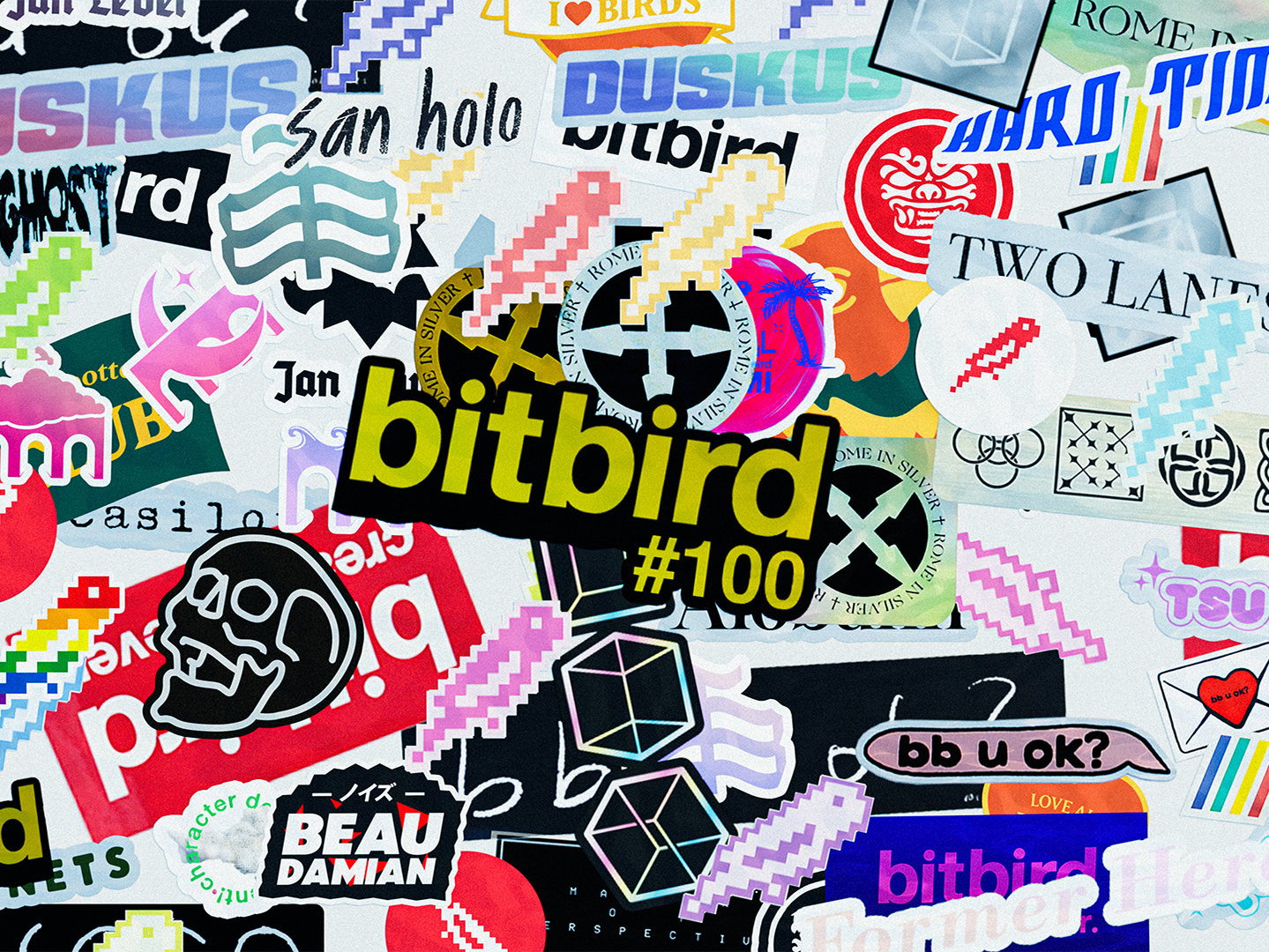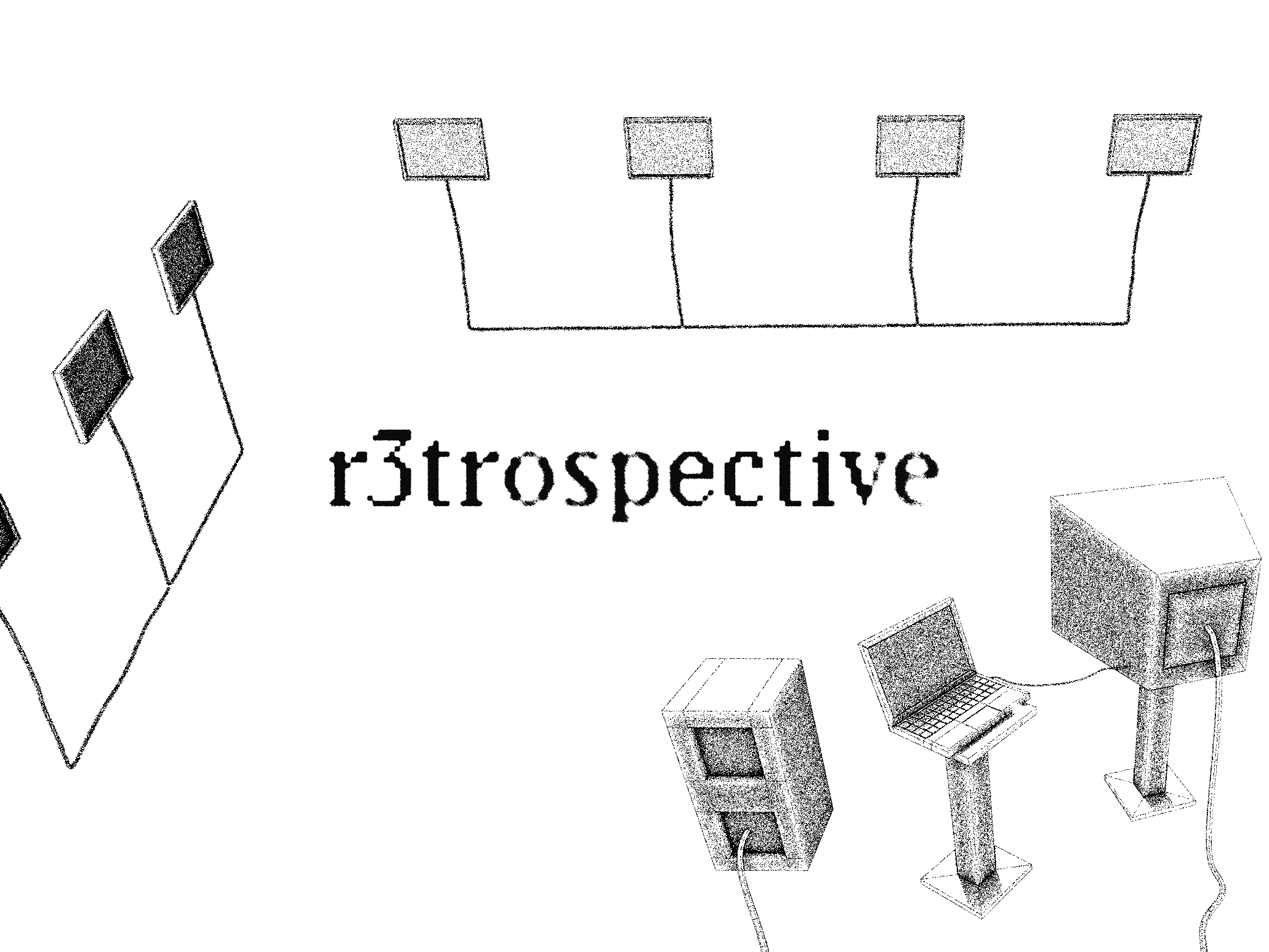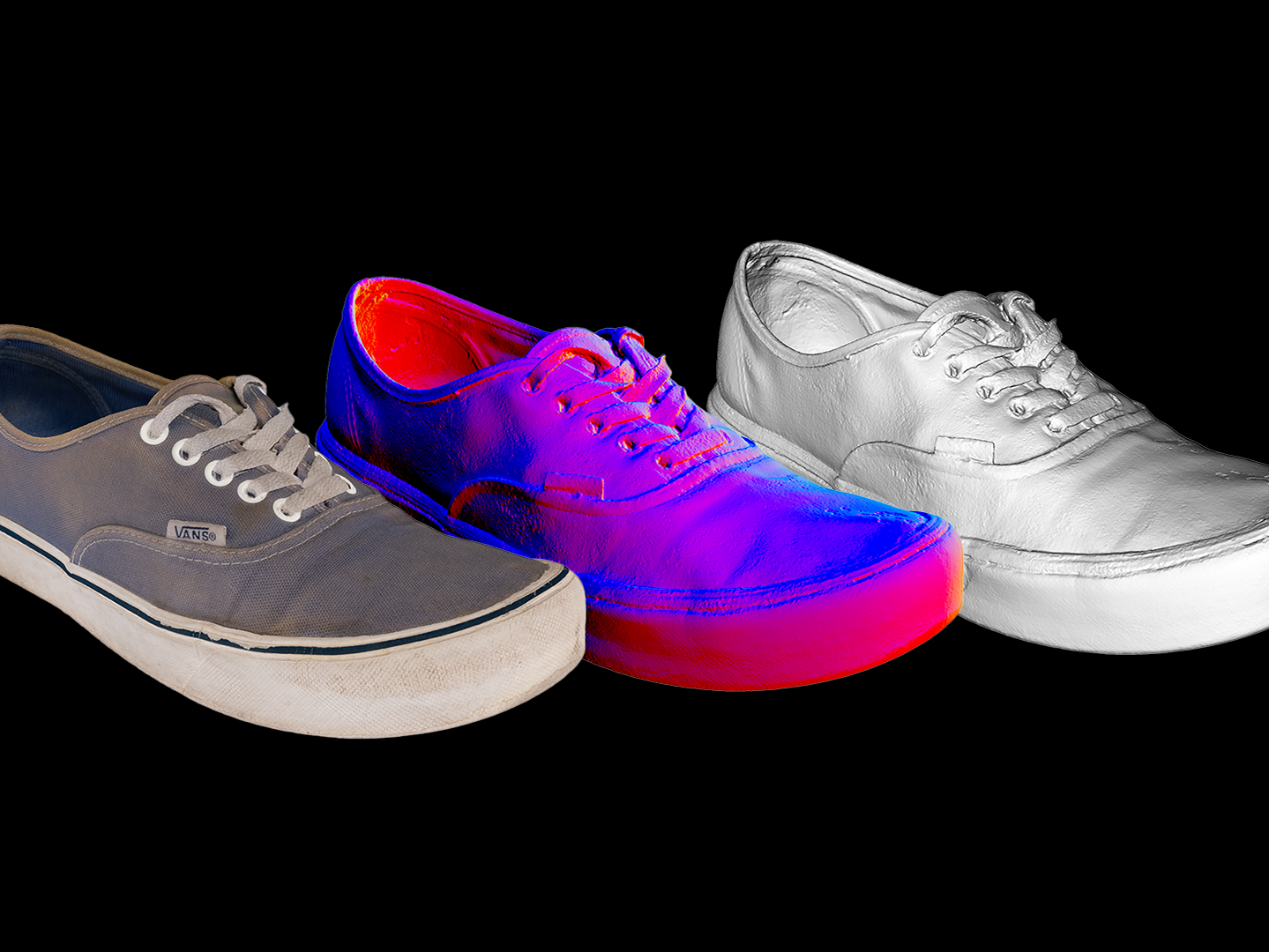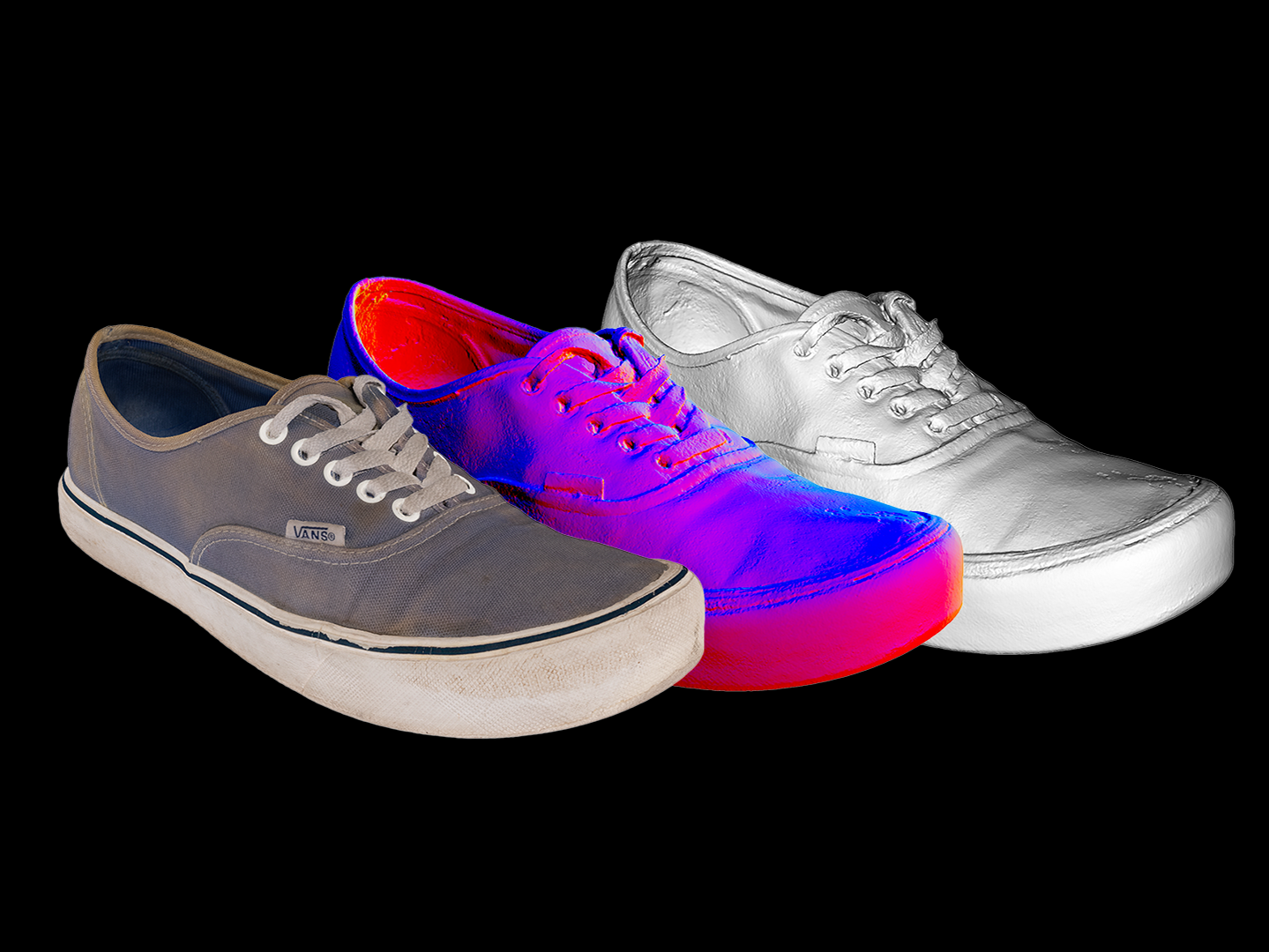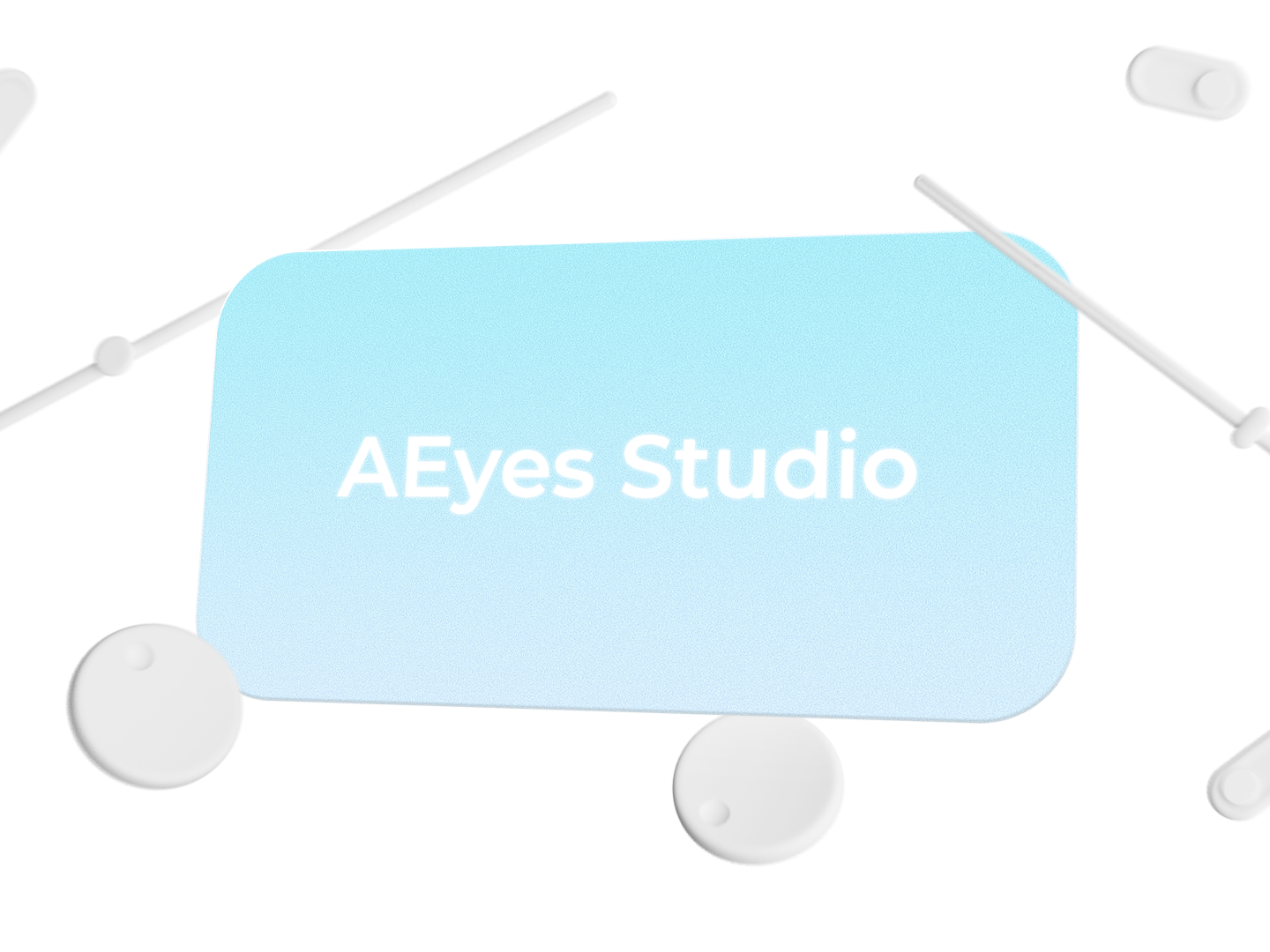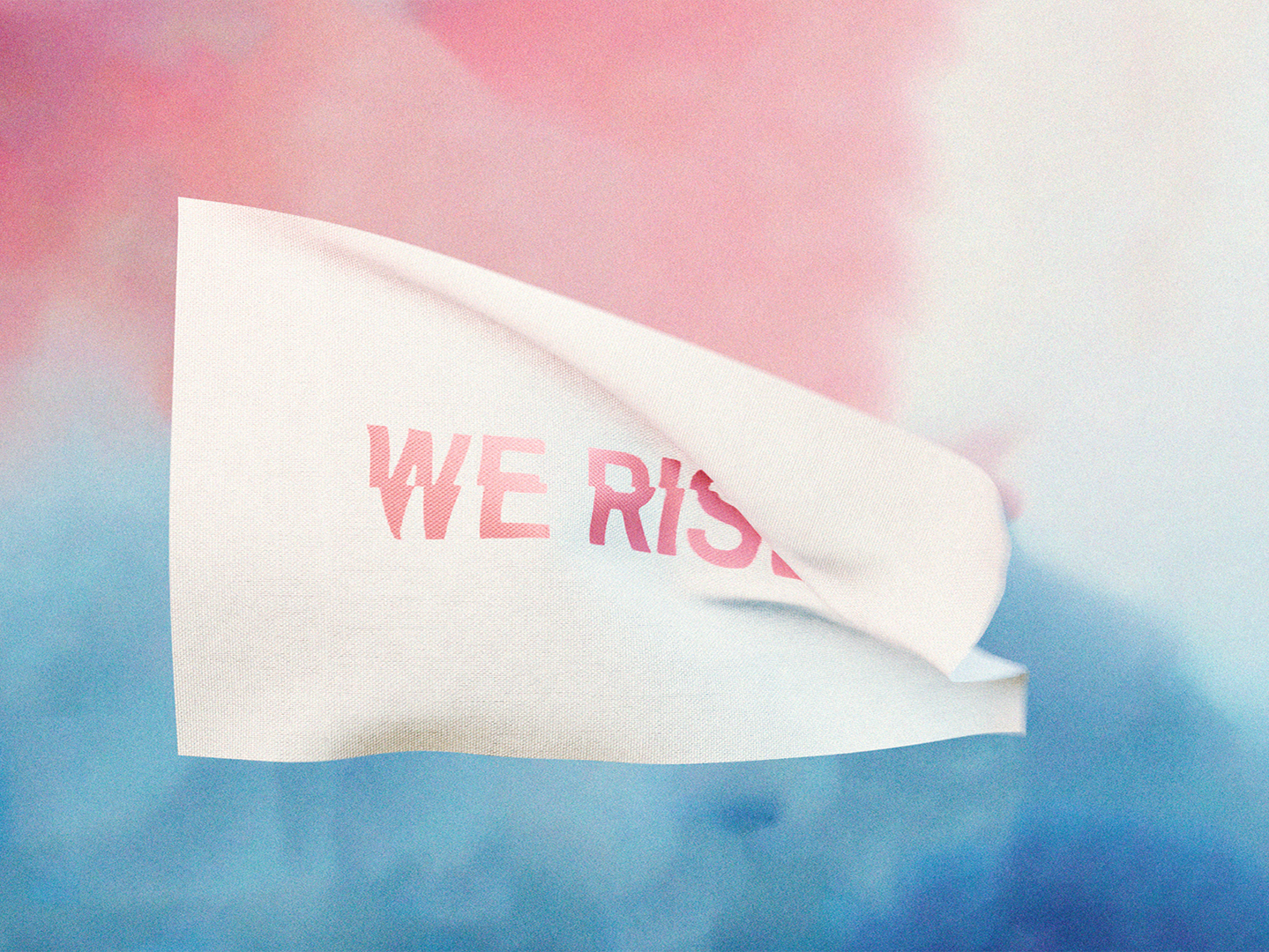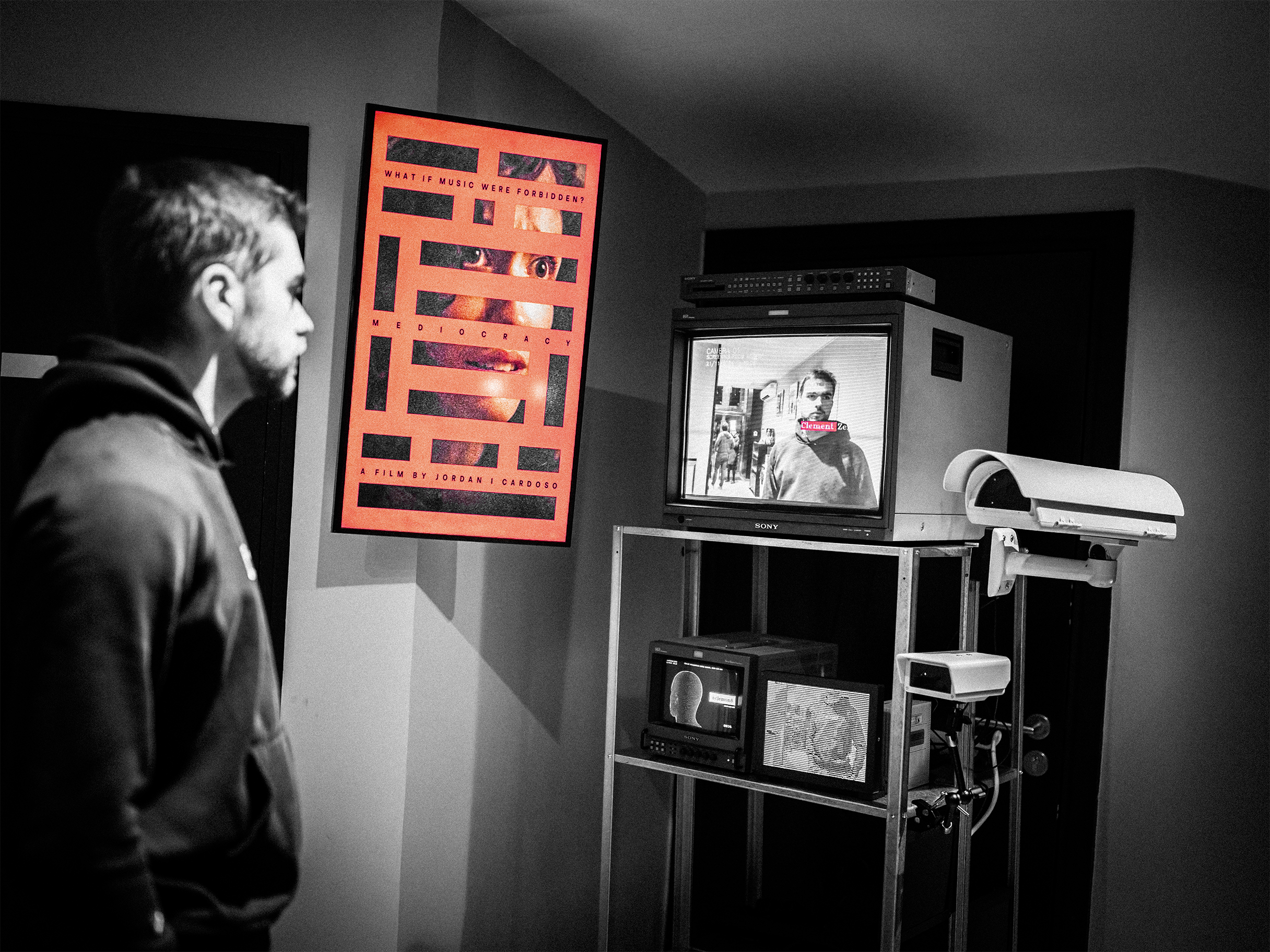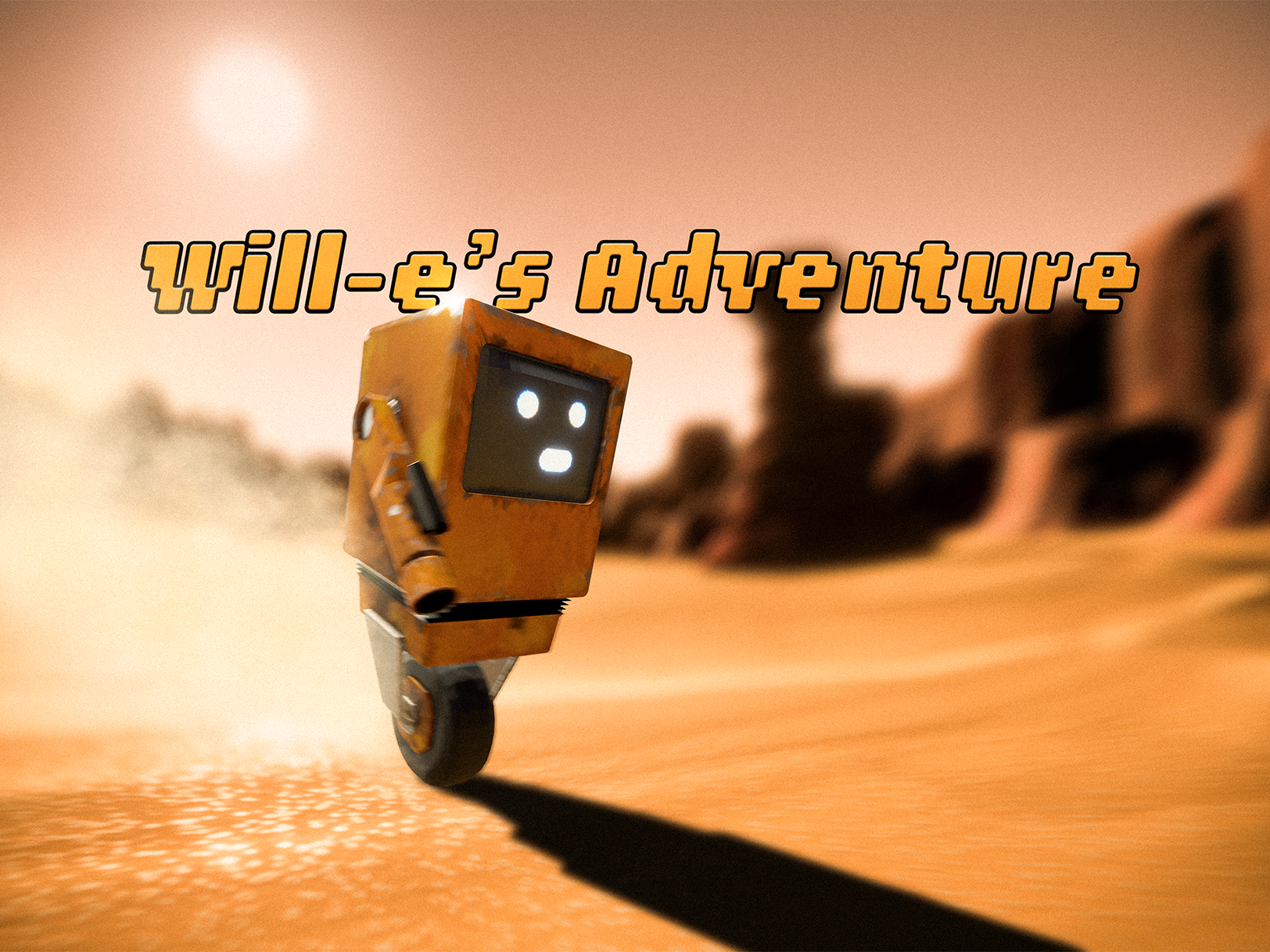Fruit’em Up! is a fast-paced first-person VR action game where players experience the thrill of archery in a lush, immersive tropical environment. Set on a deserted cove with palm trees and white sands, players are encouraged to explore and interact with their surroundings before picking up their bow and testing their skills.
With unlimited arrows, players can freely practice their accuracy and endurance before starting a round. They can choose from three difficulty levels (easy, medium, hard), triggering the appearance of oversized fruits scattered across the landscape. The challenge: pierce them all within two minutes. After each round, players can either aim for a better score or simply enjoy the open-world playground, accompanied by the soothing sounds of waves.
This VR Game was developed in duo with my friend Gabriel Rouleau in our 2nd year at ESIEE Paris in the span of 2 intense weeks.
Immersive Environment
Terrain Design
VR immersion relies heavily on environmental authenticity. The game world was designed using Unity’s terrain tools and Substance Suite for realistic textures. The cove setting provides a natural visual boundary, optimizing performance without compromising the feeling of openness, thanks to an endless ocean view.
The landscape is dotted with rocks and palm trees, creating a vibrant and interactive space.
Shaders & Post-Processing
To enhance visual fidelity, we implemented advanced post-processing effects. Techniques such as bloom, distance fog, and color grading unify the scene, ensuring cohesion between elements. Optical imperfections like lens flare and dirt overlays replicate the experience of viewing through a real-world camera, further grounding players in the environment.
Without Post-Processing
With Post-Processing
To simulate waves, we opted for a mix of two complementary techniques:
- Moving two normal maps to simulate small-scale waves and deformations on the water surface.
- Moving mesh vertices (via vertex shader), based on Perlin noise, to simulate larger waves procedurally without repetition.
- Moving mesh vertices (via vertex shader), based on Perlin noise, to simulate larger waves procedurally without repetition.
Procedural Water Shader in Unity Shader Graph
Lens Flare and Lens Dirt in action
Lens Flare Layers
Audio-Visual Immersion
A VR headset provides intense visual immersion, so audio must match to avoid dissonance. Spatialized 3D sound allows players to hear waves washing ashore from different angles. Interactive sounds adapt dynamically: arrows produce unique impact noises based on material (wood, sand, rock, or water), and randomized pitch and volume variations prevent repetition. UI feedback is minimal, with audio cues reinforcing actions like success or failure.
Interactive Experience
Intuitive & Varied Controls
Using OpenXR, we integrated Oculus Quest 2 compatibility, allowing realistic hand and camera tracking. Players wield the bow with one hand and draw the string with the other, receiving haptic feedback that adjusts based on applied force. Customization ensures both right- and left-handed users experience optimal responsiveness.
Engaging Mechanics
To create a convincing archery system:
- The bowstring visually adapts to the player's grip, offering real-time feedback.
- Arrow velocity depends on string tension, allowing precise aiming.
- Haptic feedback varies based on force applied.
- Sound effects enhance realism, responding to bow tension and release.
Arrow physics are governed by Unity’s Rigidbody component, reacting dynamically upon impact:
- Arrows stick into soft surfaces (wood, sand, water) with distinct impact sounds.
- Arrows bounce off stone surfaces.
- Arrows pierce fruits, triggering destruction animations and score increases.
Used Softwares
